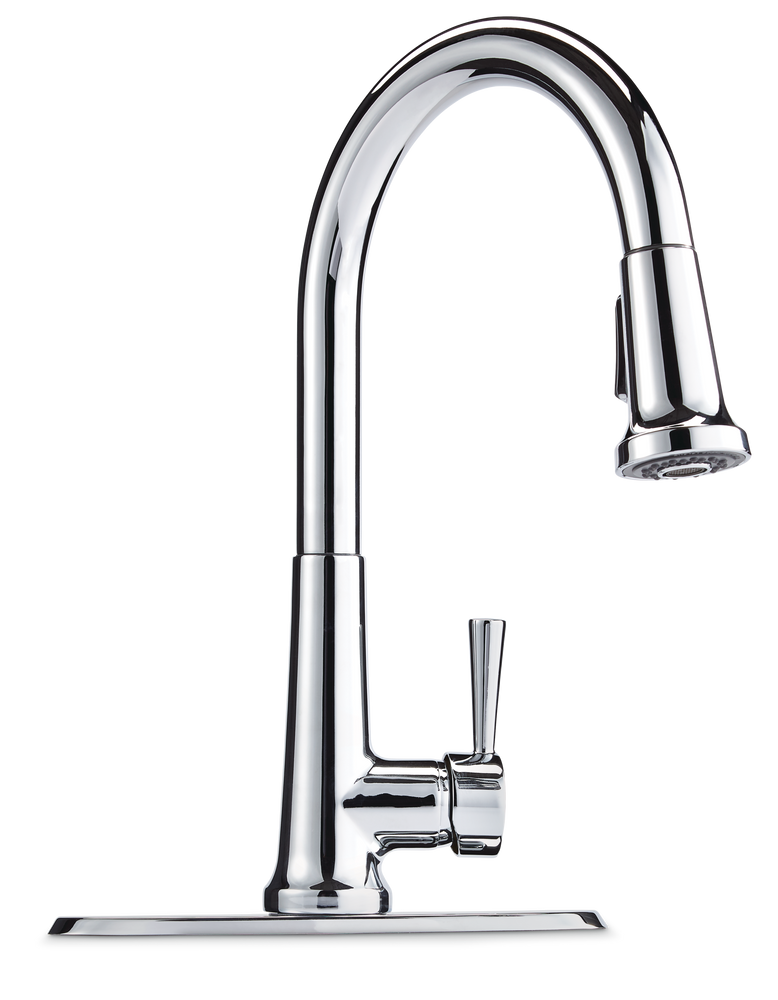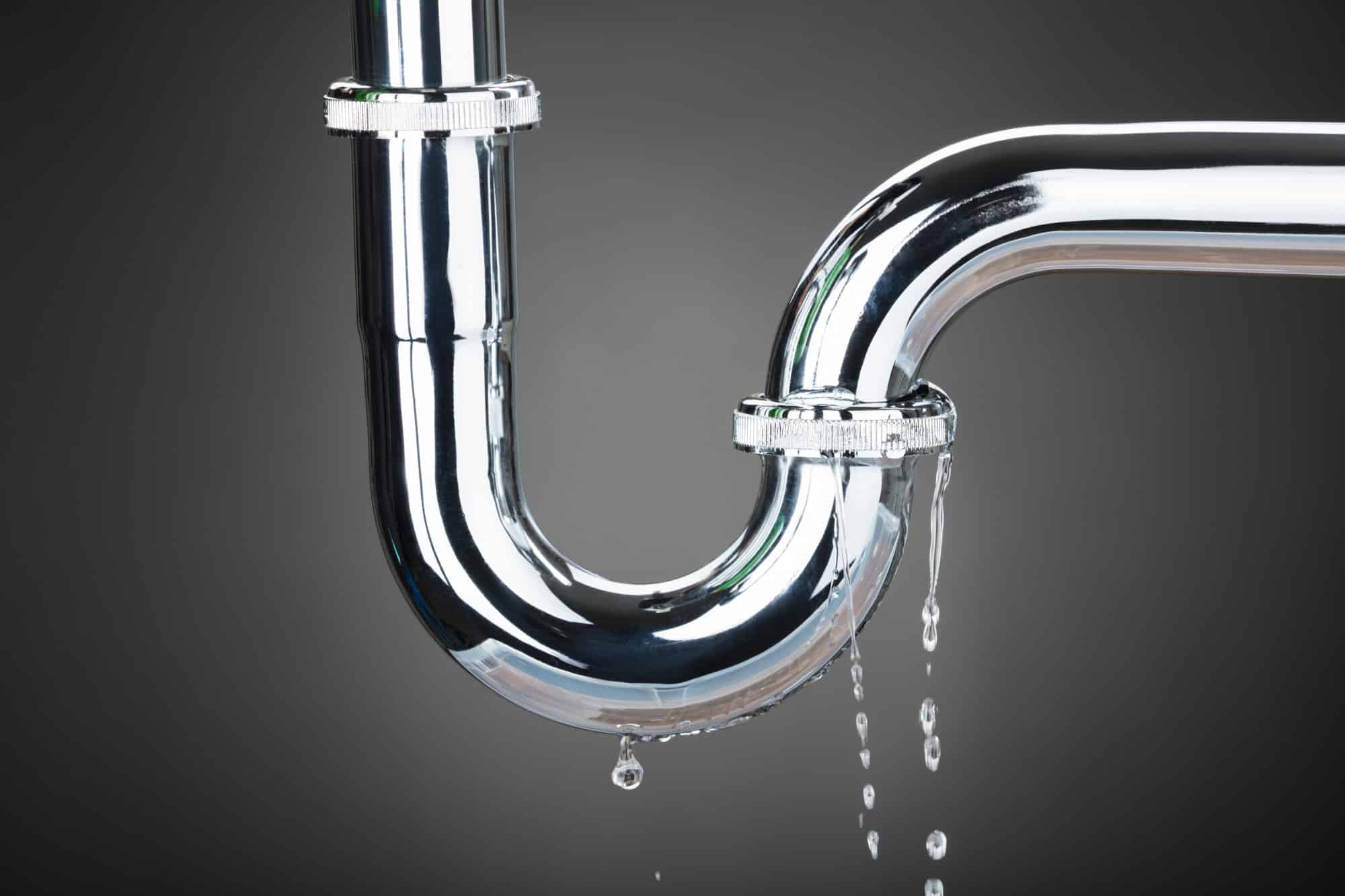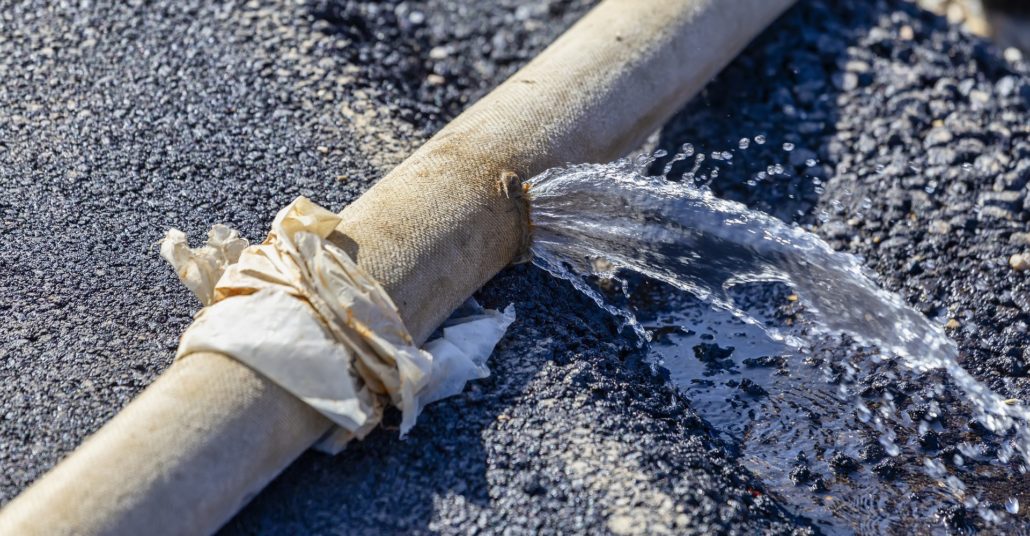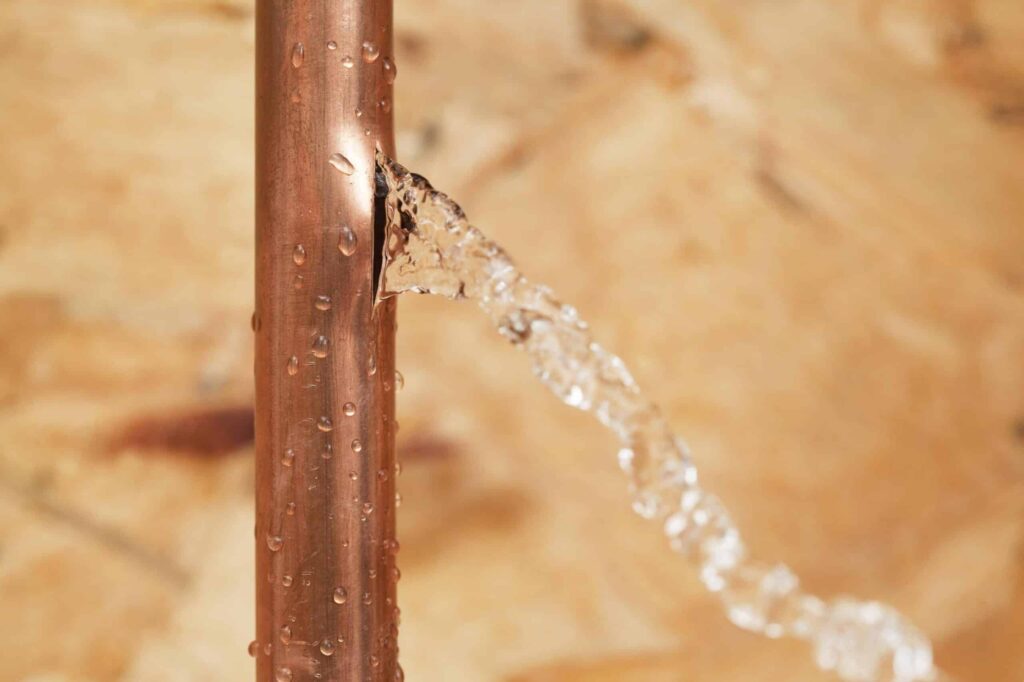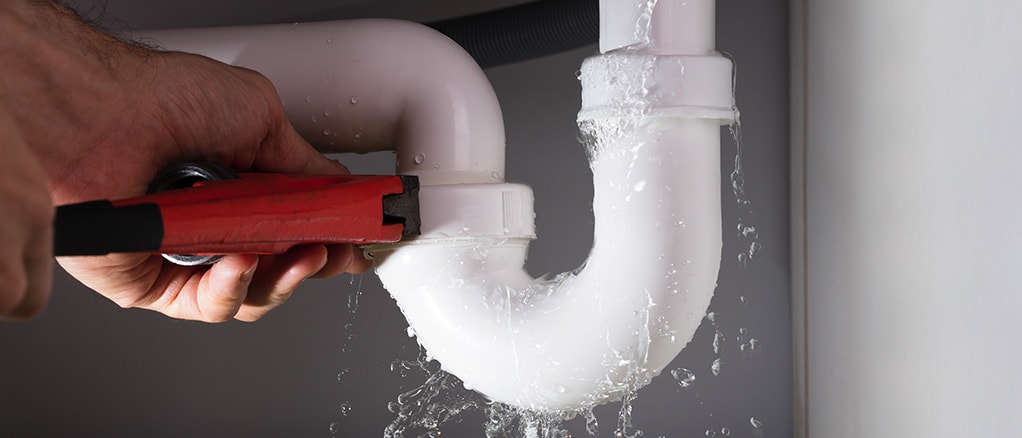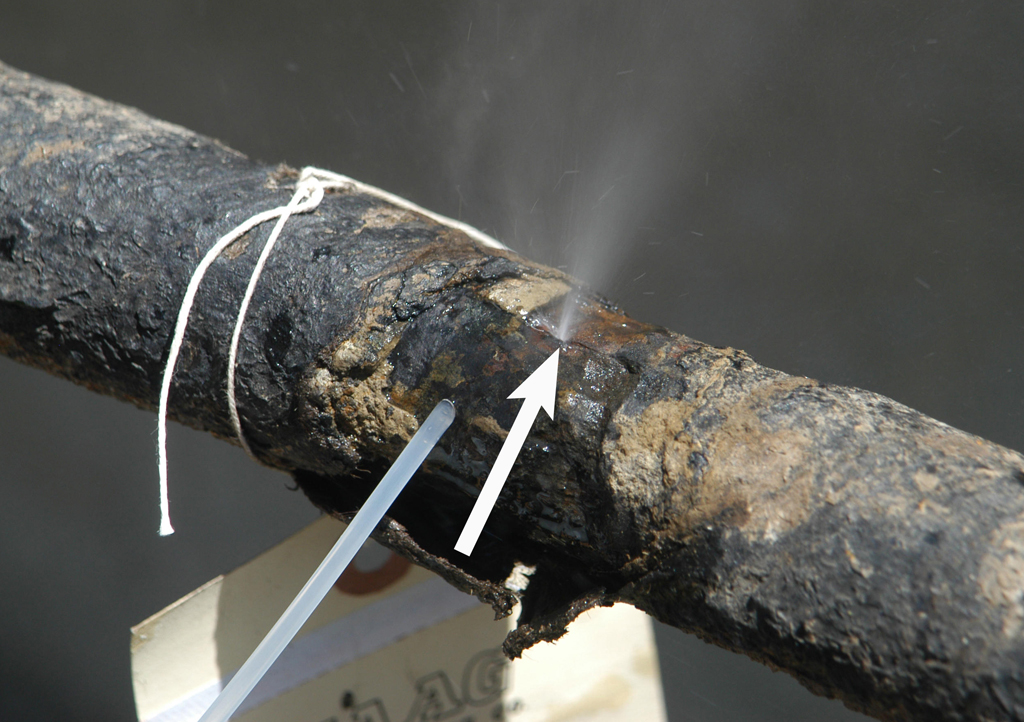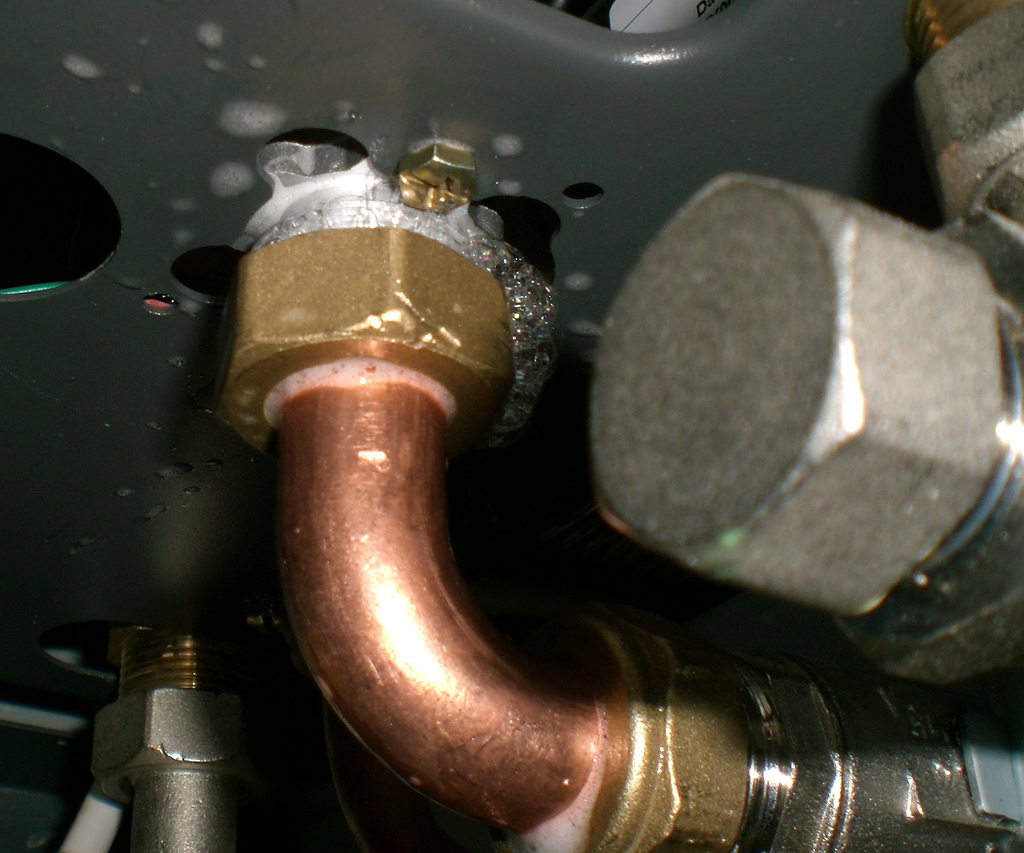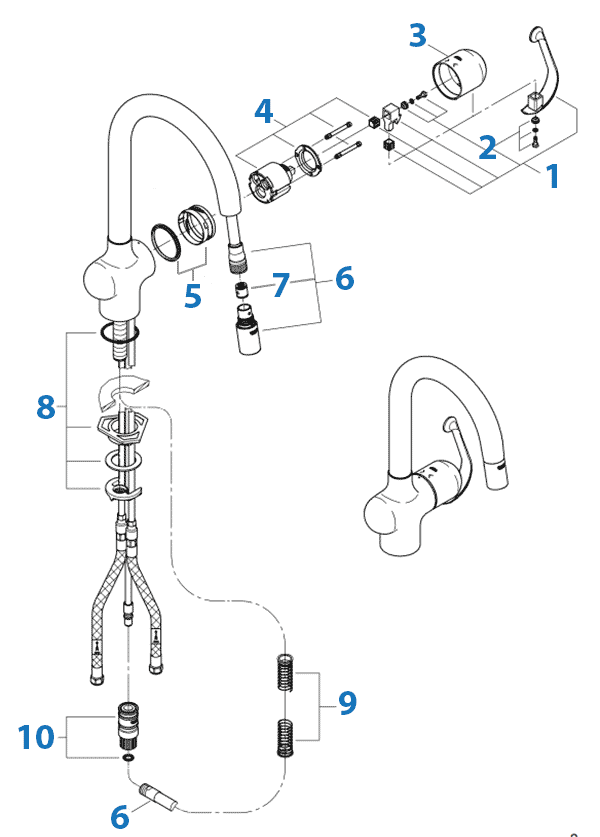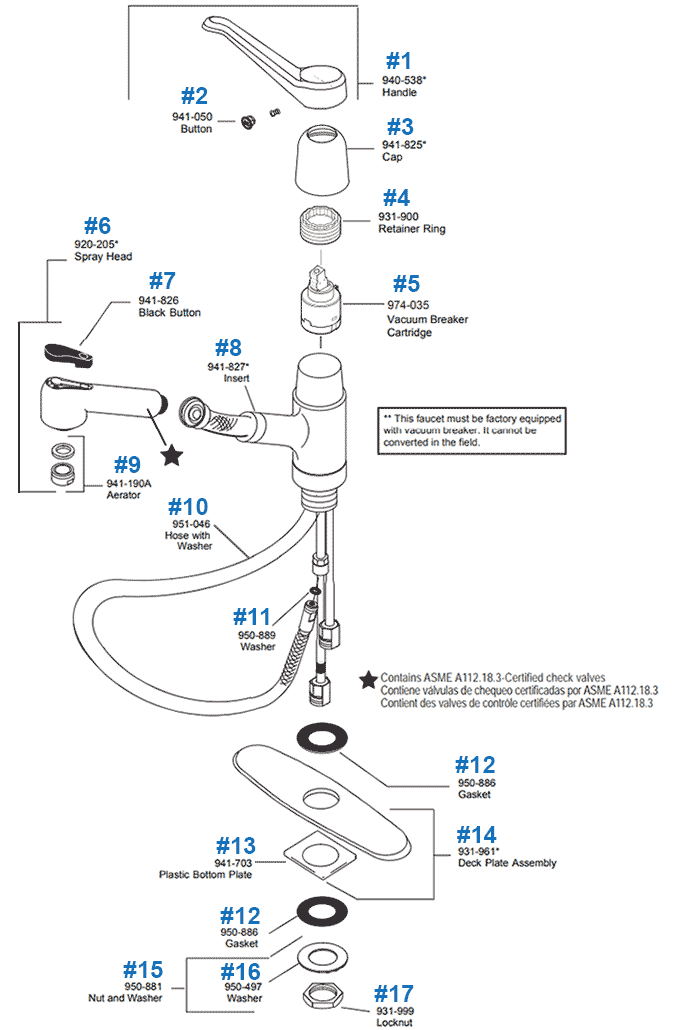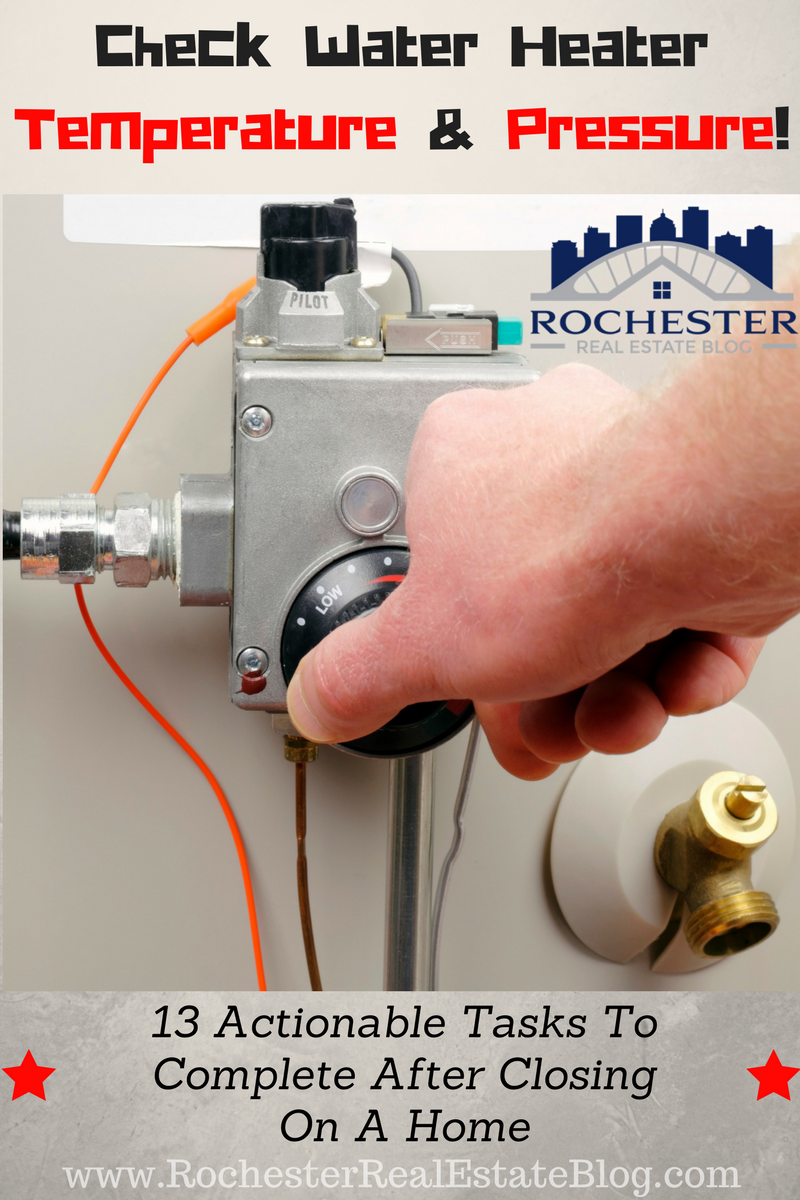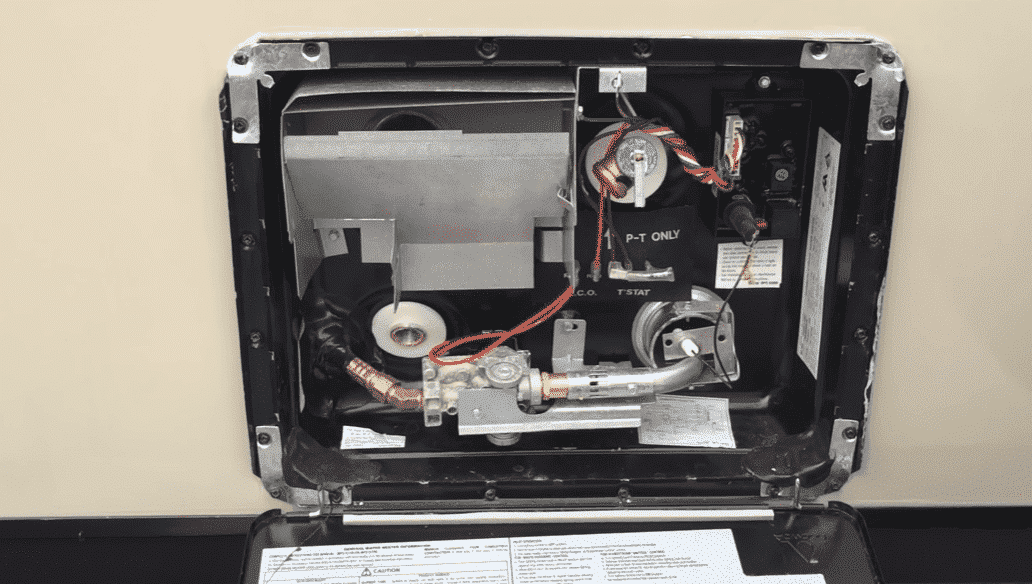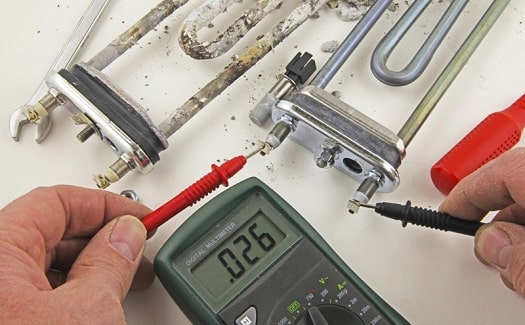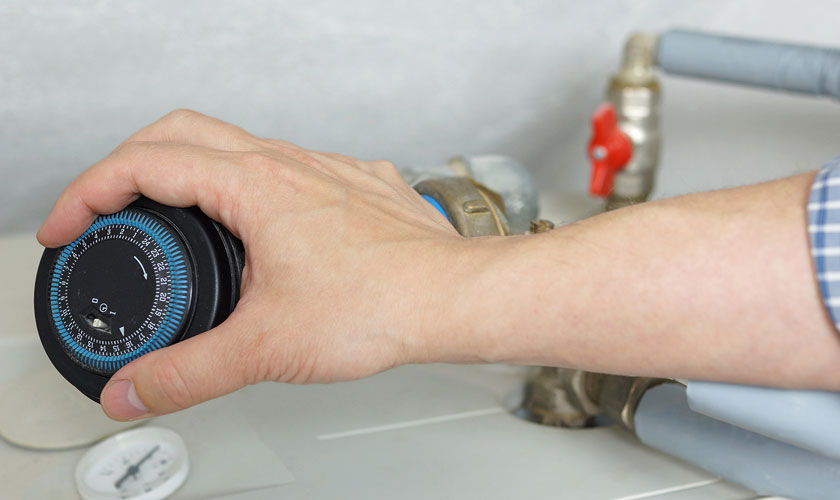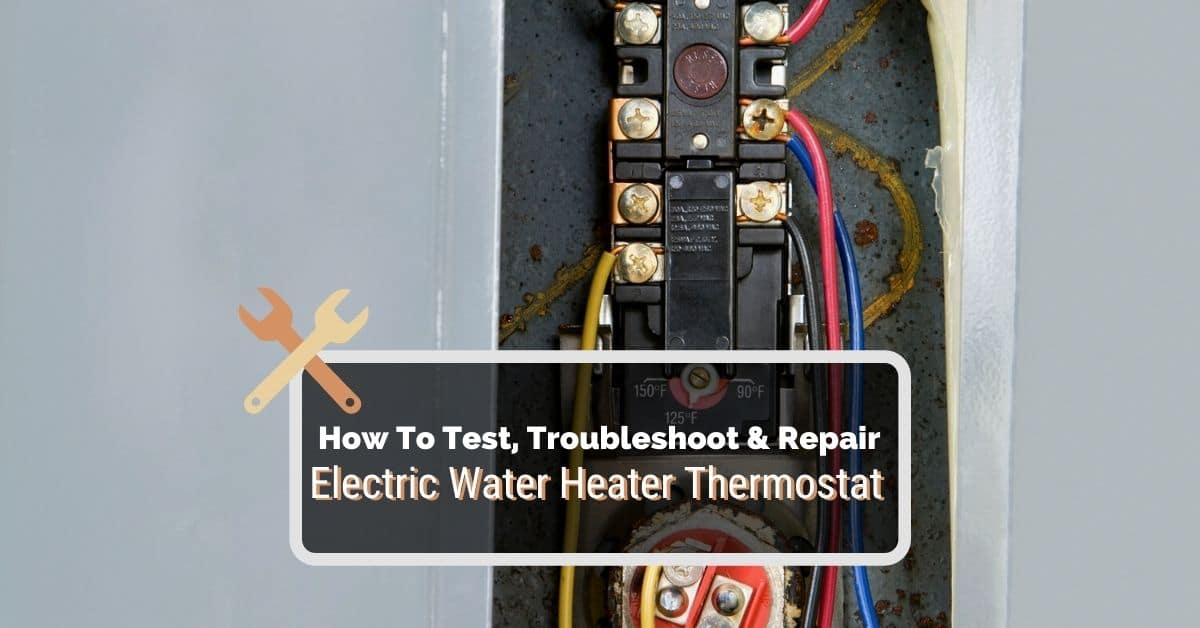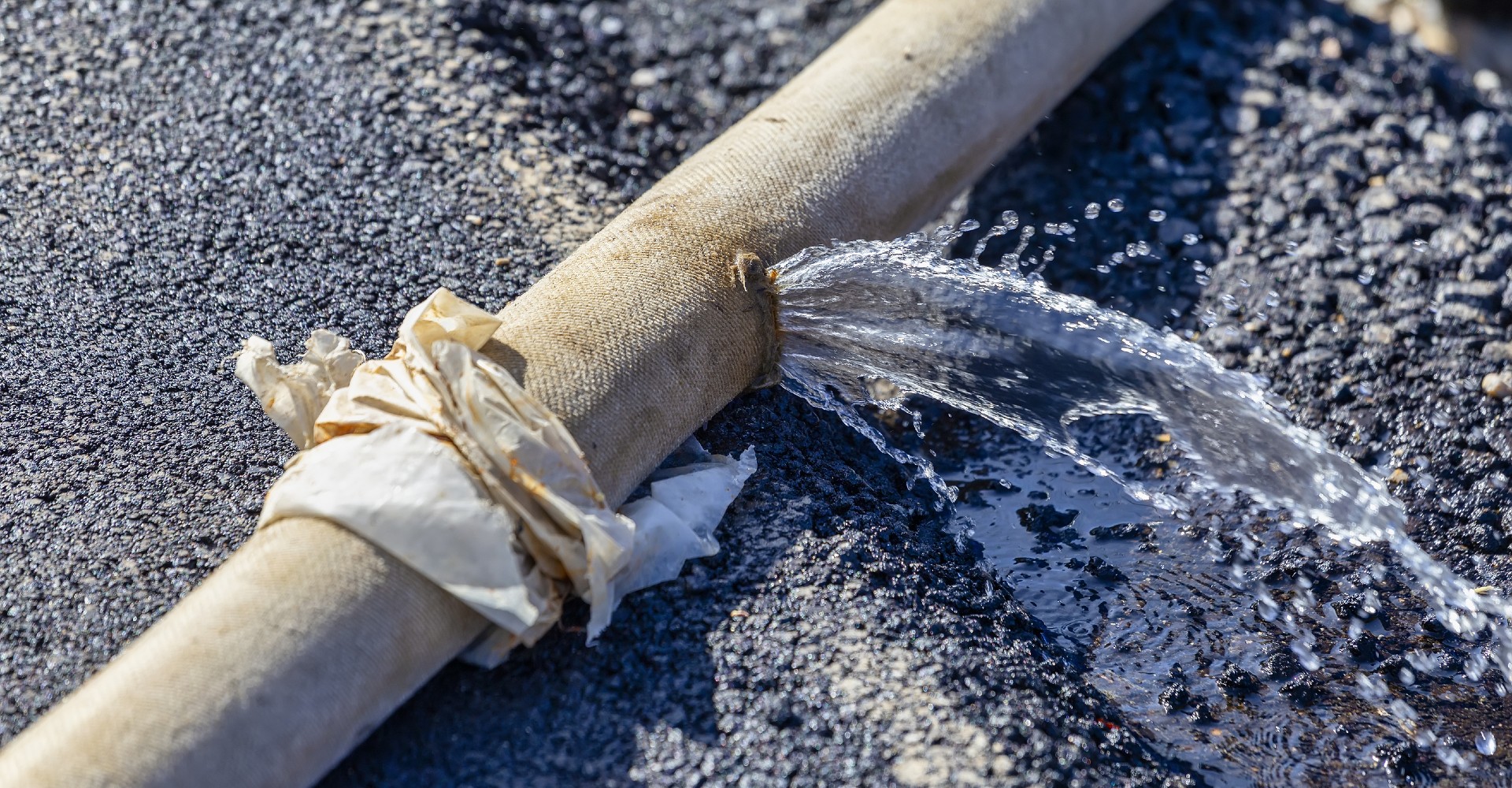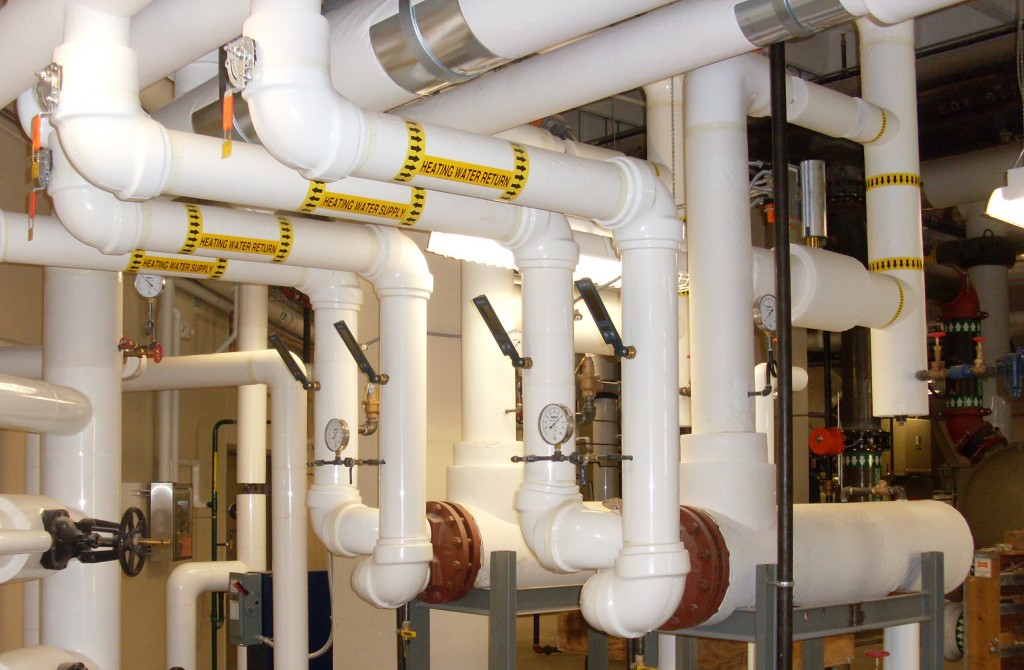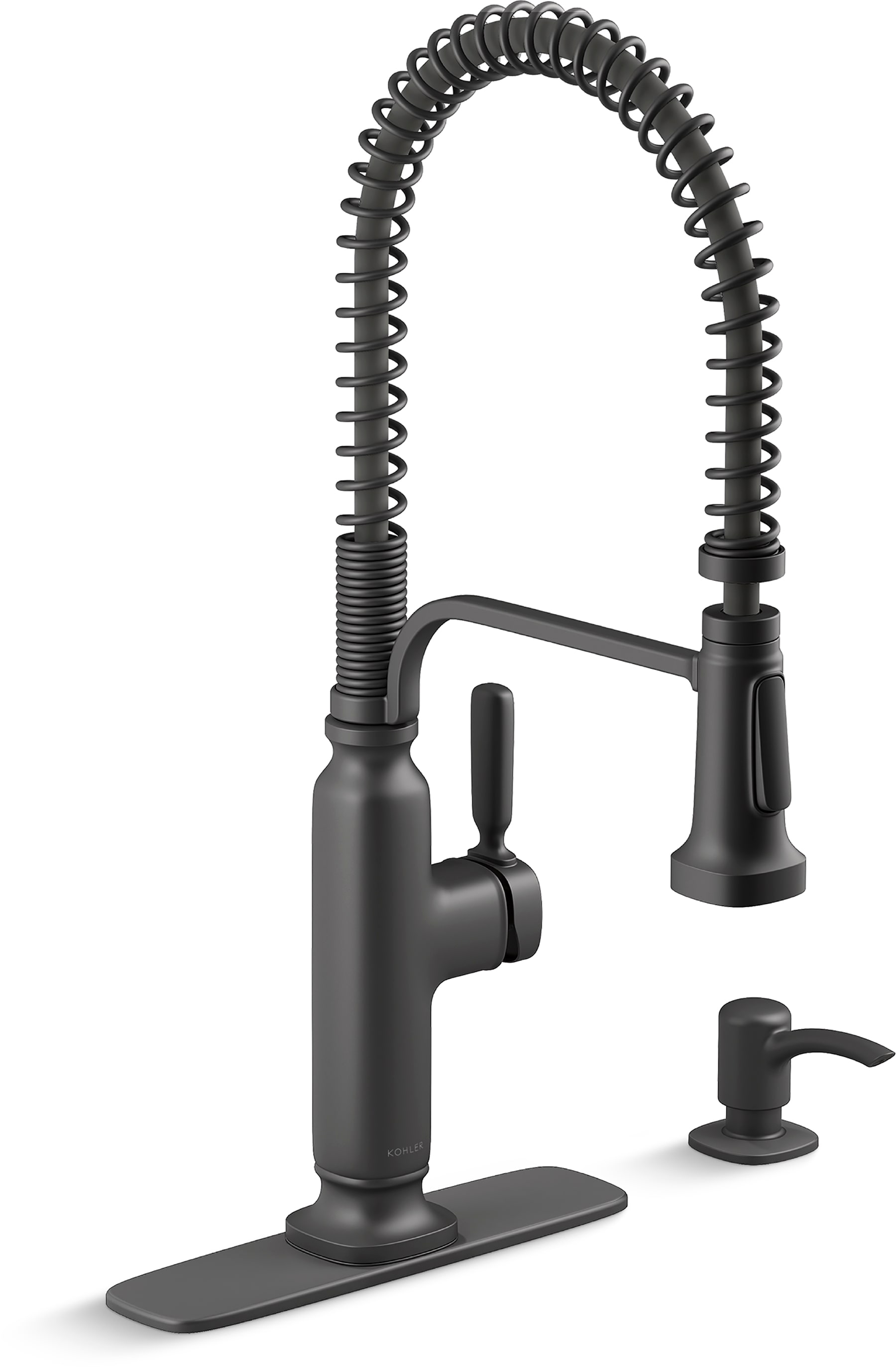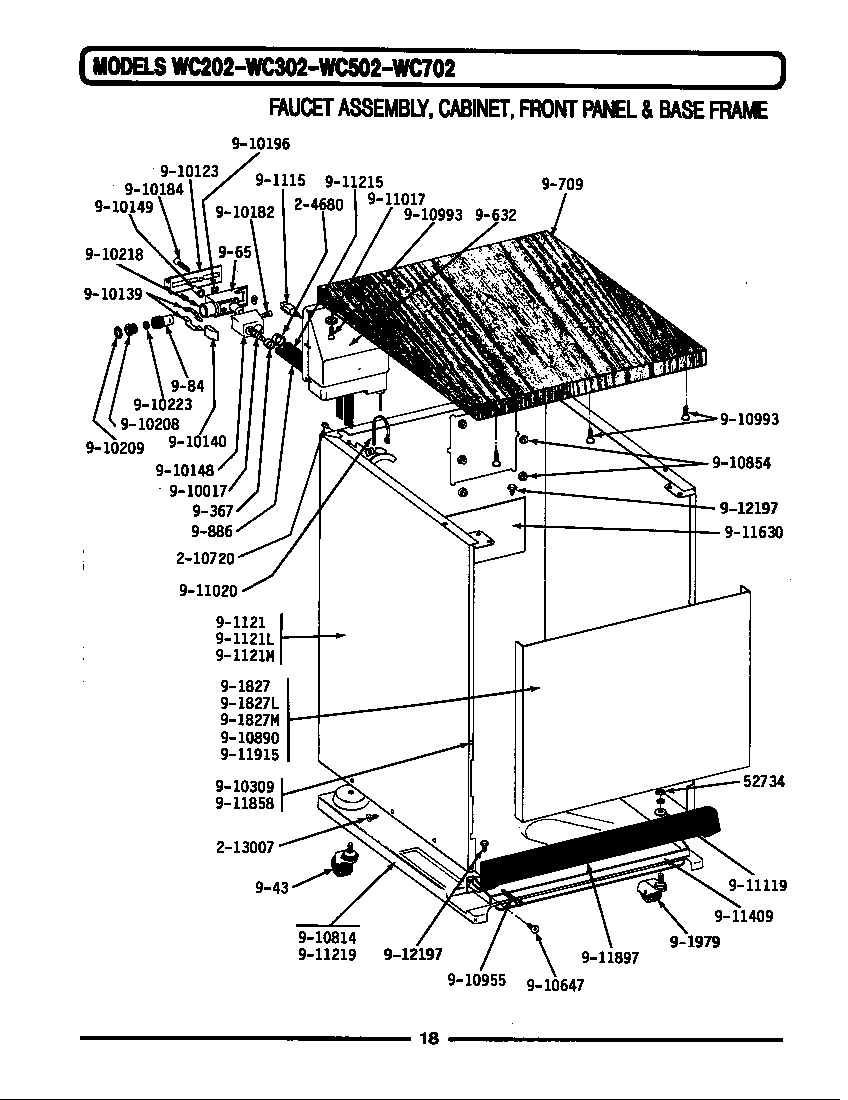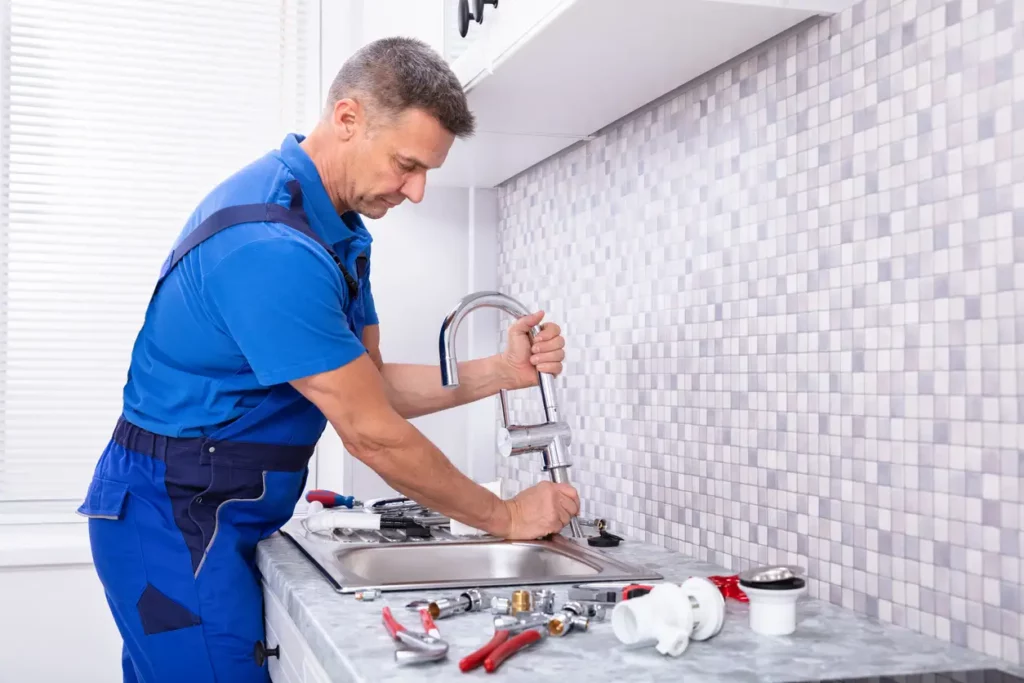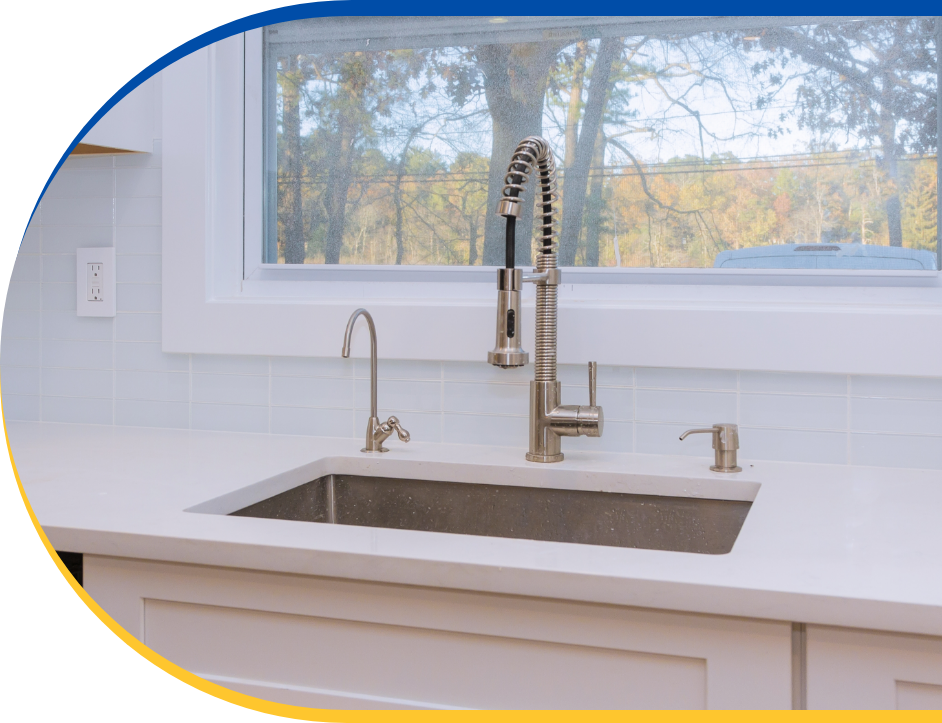Replacing a faucet in your kitchen sink can be an exciting home improvement project. However, if you notice that your kitchen sink has low water pressure after the replacement, it can be frustrating and concerning. Low water pressure can make it difficult to wash dishes, clean vegetables, and perform other tasks in the kitchen. In this article, we will discuss the top 10 reasons why your kitchen sink may have low water pressure after replacing the faucet and how to fix them.Introduction
The aerator is a small mesh screen that is attached to the end of your faucet. It helps to regulate the flow of water and adds air to the stream to reduce splashing. Over time, the aerator can become clogged with debris, reducing water pressure. To check if this is the issue, remove the aerator and clean it thoroughly. You can use a toothbrush and some vinegar to remove any buildup. Once clean, reattach the aerator and check if the water pressure has improved.Check the aerator
Your kitchen sink has shut-off valves under the sink that control the flow of water to the faucet. If these valves are not fully open, it can lead to low water pressure. Make sure to check that the valves are fully open and not partially closed. If they are partially closed, simply turn them counterclockwise to open them fully.Check the water supply valves
Some homes have a water pressure regulator installed to reduce the water pressure coming into the house. However, if the regulator is malfunctioning or not set correctly, it can lead to low water pressure in your kitchen sink. You can check the pressure regulator by attaching a pressure gauge to an outdoor faucet. If the pressure is below 40 psi, it may be time to call a professional to adjust or replace the regulator.Check the water pressure regulator
After a faucet replacement, it is possible for debris or mineral buildup to become dislodged and cause a clog in the faucet. To check for this issue, turn off the water supply to the faucet and remove the aerator. Turn the water supply back on and see if any debris or buildup comes out of the faucet. You can also use a small brush to remove any visible clogs.Check for clogs in the faucet
If the previous step did not solve the issue, there may be a clog in the pipes leading to the kitchen sink. You can try using a plumbing snake or a chemical drain cleaner to remove any clogs. If these methods do not work, it may be best to call a professional plumber to assess and solve the issue.Check for clogs in the pipes
Leaks in the pipes can also cause low water pressure in your kitchen sink. Check for any visible leaks under the sink and along the pipes. If you notice any leaks, it is best to call a professional plumber to fix them. Leaks can also lead to water damage and should be addressed as soon as possible.Check for leaks in the pipes
The faucet cartridge is a small valve inside the faucet that controls the flow of water. If the cartridge is damaged or worn out, it can lead to low water pressure. You may need to replace the faucet cartridge to improve water pressure. Be sure to consult the manufacturer's instructions or call a professional for assistance with this task.Check the faucet cartridge
If your kitchen sink has low water pressure after replacing the faucet, it may be due to an issue with your water heater. If the water heater is set too low, it can affect the water pressure in your entire house. Check the temperature setting on your water heater and adjust it if needed. If the water heater is old or malfunctioning, it may need to be replaced.Check the water heater
When you turn the water supply back on after a faucet replacement, air can become trapped in the pipes. This can lead to low water pressure. To fix this issue, turn on the faucet and let the water run for a few minutes. This will help to flush out any air in the pipes.Check for air in the pipes
Increase Your Kitchen Sink's Water Pressure with These Simple Steps

Don't Let a New Faucet Ruin Your Water Pressure
 If you have recently replaced your kitchen sink faucet and noticed a significant decrease in water pressure, you are not alone. Many homeowners experience this frustrating issue after installing a new faucet. But before you start panicking and calling a plumber, there are a few simple steps you can take to increase your kitchen sink's water pressure.
Main keyword:
Kitchen sink water pressure
Related main keywords:
Low water pressure, replacing faucet
If you have recently replaced your kitchen sink faucet and noticed a significant decrease in water pressure, you are not alone. Many homeowners experience this frustrating issue after installing a new faucet. But before you start panicking and calling a plumber, there are a few simple steps you can take to increase your kitchen sink's water pressure.
Main keyword:
Kitchen sink water pressure
Related main keywords:
Low water pressure, replacing faucet
Check Your Aerator
 The first thing you should do is check your faucet's aerator. The aerator is a small mesh screen located at the end of your faucet. It is designed to mix air with the water, creating a steady and controlled flow. Sometimes, when installing a new faucet, the aerator can get clogged with debris or sediment, causing a decrease in water pressure.
Main keyword:
Aerator
Related main keywords:
Clogged, debris, sediment
To clean the aerator, simply unscrew it from the end of your faucet and rinse it under running water. You can also use a toothbrush to gently scrub away any stubborn debris. Once clean, reattach the aerator to your faucet and turn on the water to see if the pressure has improved.
The first thing you should do is check your faucet's aerator. The aerator is a small mesh screen located at the end of your faucet. It is designed to mix air with the water, creating a steady and controlled flow. Sometimes, when installing a new faucet, the aerator can get clogged with debris or sediment, causing a decrease in water pressure.
Main keyword:
Aerator
Related main keywords:
Clogged, debris, sediment
To clean the aerator, simply unscrew it from the end of your faucet and rinse it under running water. You can also use a toothbrush to gently scrub away any stubborn debris. Once clean, reattach the aerator to your faucet and turn on the water to see if the pressure has improved.
Check Your Water Supply Valves
 If cleaning the aerator does not solve the problem, the issue may lie with your water supply valves. These valves control the water flow to your faucet and can become partially closed or blocked over time. Make sure the valves are fully open and not partially closed. If they are blocked, try cleaning them with a wire brush or replacing them altogether.
Main keyword:
Water supply valves
Related main keywords:
Partially closed, blocked, wire brush
If cleaning the aerator does not solve the problem, the issue may lie with your water supply valves. These valves control the water flow to your faucet and can become partially closed or blocked over time. Make sure the valves are fully open and not partially closed. If they are blocked, try cleaning them with a wire brush or replacing them altogether.
Main keyword:
Water supply valves
Related main keywords:
Partially closed, blocked, wire brush
Consider Installing a Pressure Booster
 If your water pressure is still low after checking and cleaning the aerator and water supply valves, you may want to consider investing in a pressure booster. These devices are designed to increase water pressure and can easily be installed under your sink. However, be sure to check with a professional plumber to ensure a pressure booster is the right solution for your specific issue.
Main keyword:
Pressure booster
Related main keywords:
Increase, installed, professional plumber
If your water pressure is still low after checking and cleaning the aerator and water supply valves, you may want to consider investing in a pressure booster. These devices are designed to increase water pressure and can easily be installed under your sink. However, be sure to check with a professional plumber to ensure a pressure booster is the right solution for your specific issue.
Main keyword:
Pressure booster
Related main keywords:
Increase, installed, professional plumber
Conclusion
 There are many possible reasons for low water pressure in your kitchen sink after replacing a faucet. Before calling a plumber, try these simple steps to increase your water pressure. Checking and cleaning your aerator, water supply valves, and considering a pressure booster can often solve the problem and save you time and money. If these steps do not work, it may be time to consult a professional for further assistance. With these tips, you can enjoy a steady and powerful flow of water from your kitchen sink once again.
Main keyword:
Low water pressure
Related main keywords:
Simple steps, calling a plumber, professional assistance
There are many possible reasons for low water pressure in your kitchen sink after replacing a faucet. Before calling a plumber, try these simple steps to increase your water pressure. Checking and cleaning your aerator, water supply valves, and considering a pressure booster can often solve the problem and save you time and money. If these steps do not work, it may be time to consult a professional for further assistance. With these tips, you can enjoy a steady and powerful flow of water from your kitchen sink once again.
Main keyword:
Low water pressure
Related main keywords:
Simple steps, calling a plumber, professional assistance










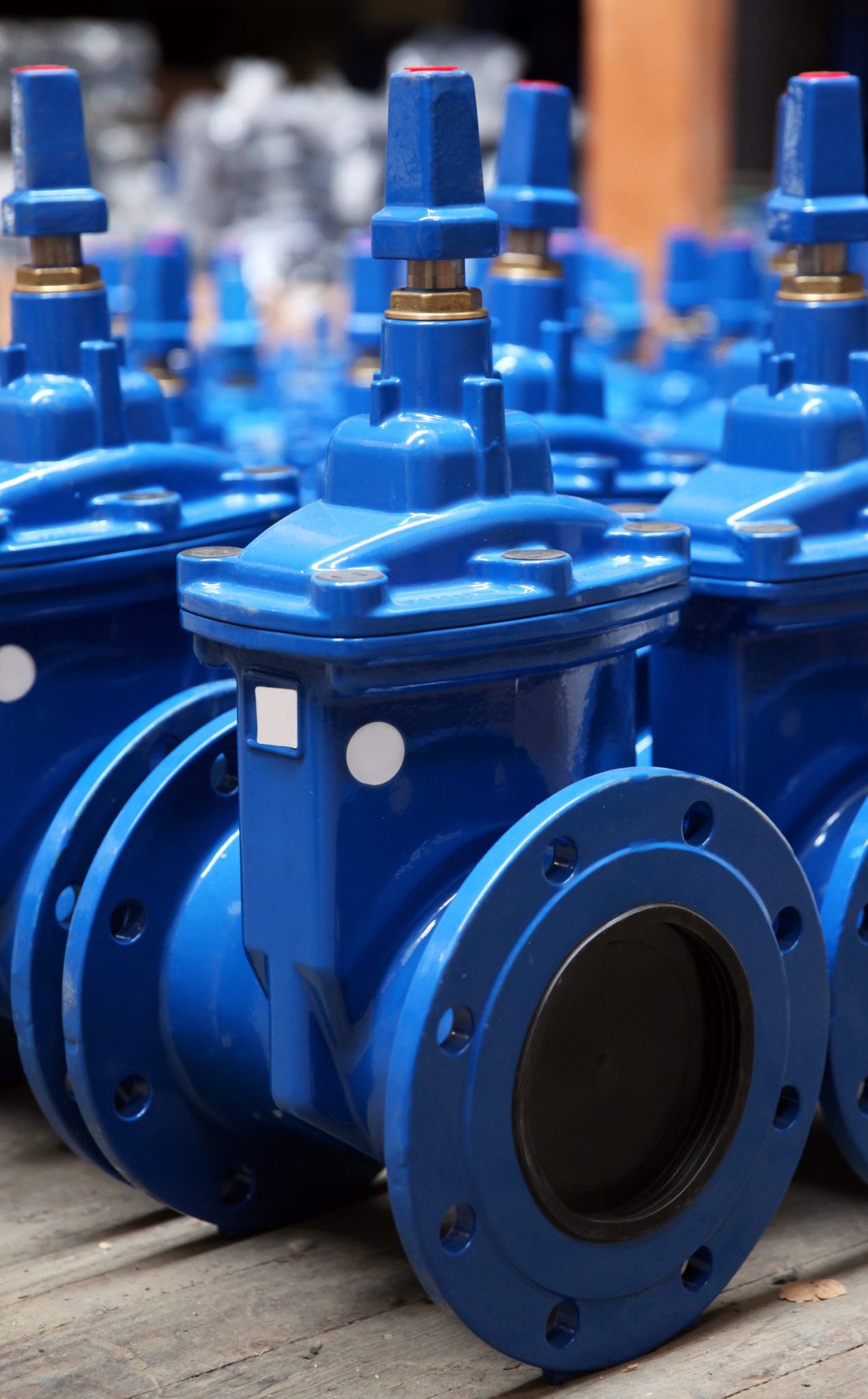

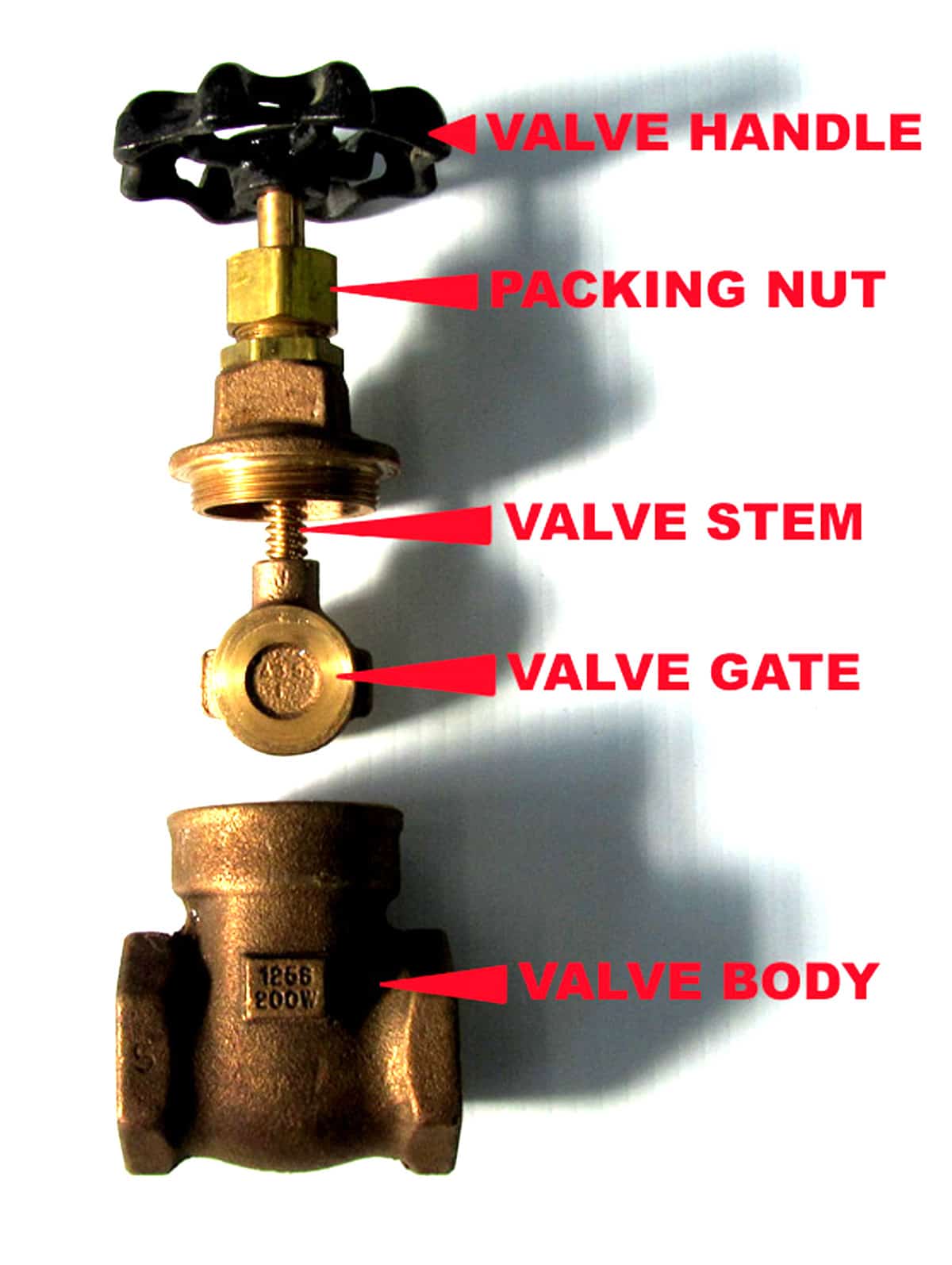
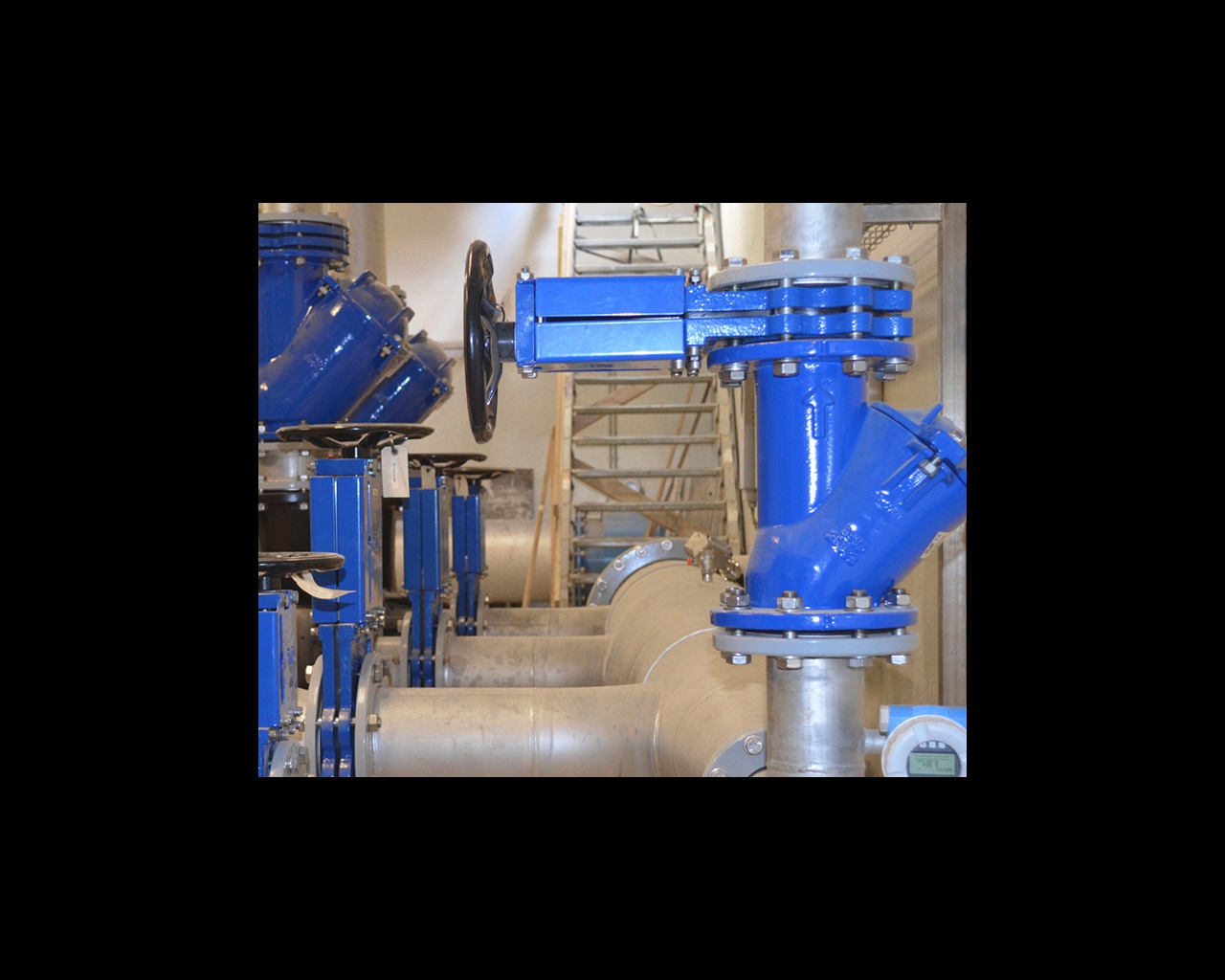
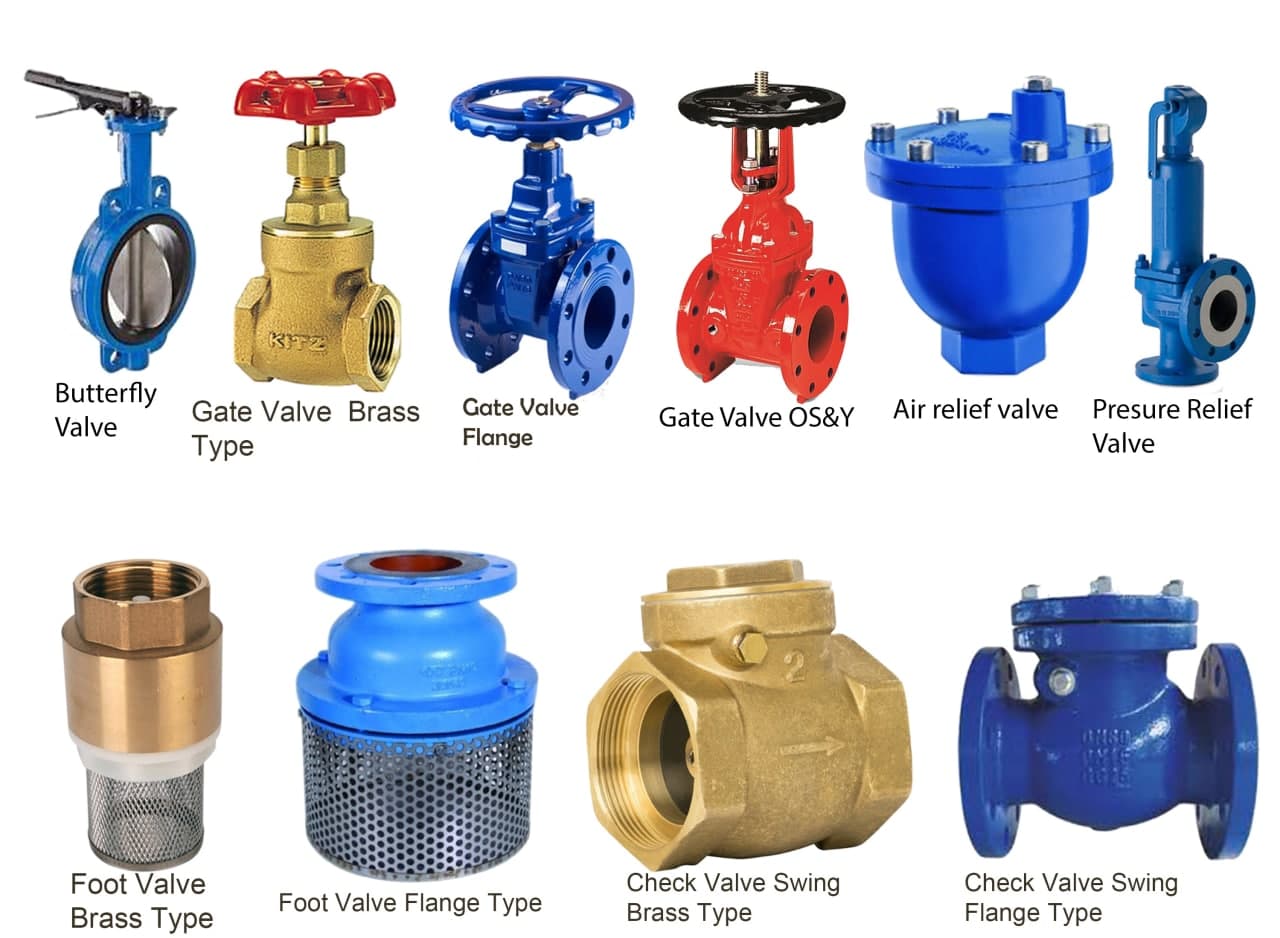
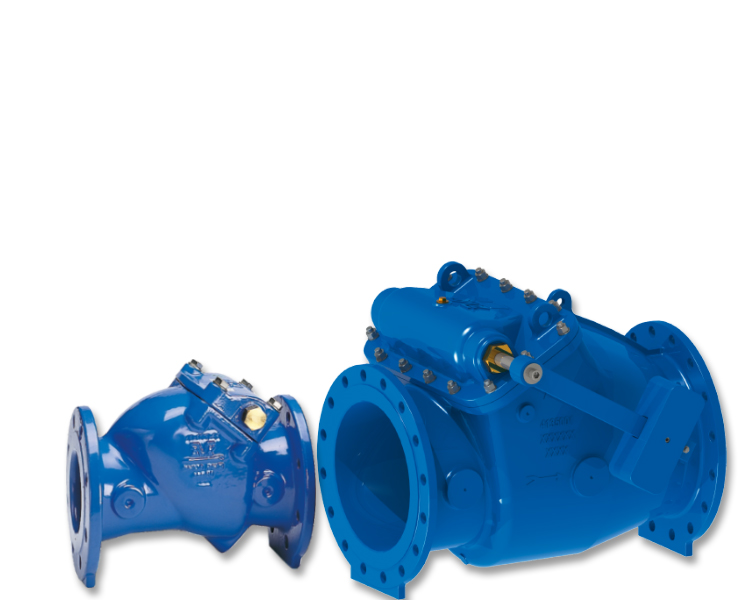






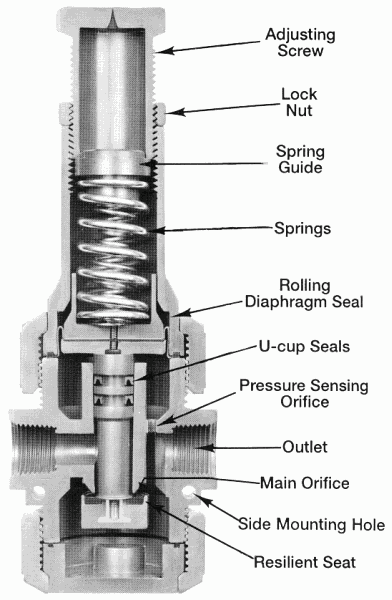
:max_bytes(150000):strip_icc()/the-men-s-hand-opens-the-ball-valve-on-the-collector-1006810456-5c5fc73fc9e77c000159c4af.jpg)






